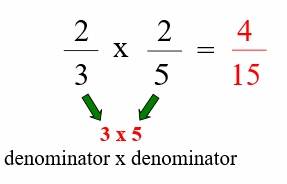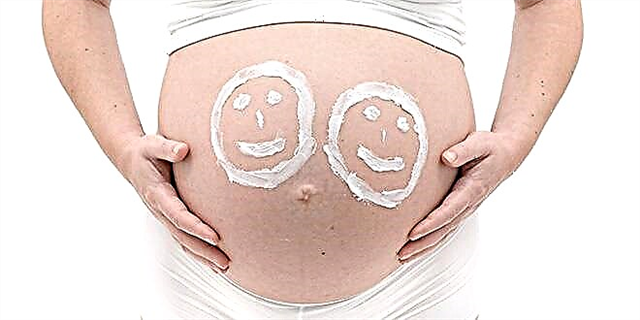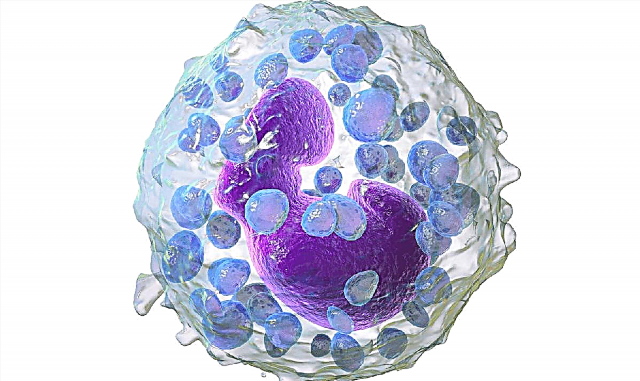It is not uncommon for newborns to be prescribed baby eye drops immediately after birth to prevent any infection. Children under one year and older who are worried about conjunctivitis are offered to drip the necessary medications to relieve the condition. For a baby, such a manipulation can be unpleasant, he can cry, squint and resist strongly. To make the process easy, mom should know how to drop drops into the child's eyes correctly.

Eye instillation procedure for babies
When drops are buried
The eye instillation procedure is prescribed by the ophthalmologist after the tests and diagnostics, he also selects the necessary medications. For children, such manipulations are most often prescribed for infectious conjunctivitis.
Important! Conjunctivitis is an inflammatory disease that occurs as a result of pathogenic microorganisms entering the eye membrane. In this regard, the hygiene of the baby's eyelids should be monitored constantly.

Conjunctivitis in a baby
Babies often endure such pathologies as dacryocystitis - narrowing of the lacrimal canal. In this case, pus appears. First, this ailment is treated conservatively: they begin to bury drops and do massage. If this does not give any result, then surgical intervention is performed.
For school-age children, drops are prescribed for the treatment of myopia and the relief of discomfort when wearing lenses and glasses.
How to properly bury your eyes
Babies are very afraid of unfamiliar procedures, so it is natural for them to cry, be capricious, scared when injecting drops. To minimize such reactions, everything should be done as clearly and quickly as possible. To begin with, prepare correctly.
Preparation for the procedure
For successful instillation of eye drops you will need:
- Cotton pad - 2-3 pieces;
- Medicine;
Note! If the drug is stored in the refrigerator, then before use it should be held in warm water or hands.
- Any solution for washing the eyelids (it can be furacilin, chamomile broth or ordinary boiled water);

Eye treatment before instillation
- Garbage bag;
- Pipette. It is needed if there is no dispenser or dropper on the medicine itself.
For babies, it is also necessary to prepare a clean diaper on which they will lie during the introduction of drops.
Useful tricks
How to quickly and effectively instill a child's eyes if he begins to close them is a question that worries many mothers. The kid does not want to torment, coerce, at the same time, the medicine must be injected.
There are small useful recommendations for this:
- The crumb should be won over. Very young children can be offered a toy, a rattle, which the assistant will hold in his hands, distracting the baby. During this time, mom will have time to drip eyes.
- For an older child, you can simply tell everything, explain, agree.

How to bury eyes for older children
Additional Information. You can't talk about a "terrible uncle" or talk about some kind of disease, for example, blindness. So the psyche of the child can suffer.
If the mother carries out the procedure alone, then for a faster result, swaddle the baby, then swaddle.
Algorithm of the procedure
The eye instillation technique is quite simple:
- An adult should wash their hands.
- The kid fits on a flat horizontal surface. Children 6-7 years old can simply throw their heads back, in this position they will have to be a few minutes after the manipulation.
- If there is purulent discharge that leaves the eyelid, it is necessary to remove them with a cotton pad dipped in furacilin or chamomile decoction. Rinse each eye with a new disc.
Note! Furacilin or chamomile decoction is best applied to a cotton pad, and not dipped in the last solution. This will prevent bacteria from entering the deodorizing liquid container.
- After washing, instillation is carried out after 5-7 minutes. The bottle opens, the medicine is drawn with a pipette (if there is no dispenser in the bottle).
- With the fingers of the left hand, the lower eyelid is pulled back, and the required number of drops are buried in the middle of the conjunctival sac. It is impossible to touch the mucous membrane of the eyelid with fingers and a pipette.
- The eyelid is held for 1-2 seconds to keep the eye open. During this time, the product will be distributed throughout the shell.
- Lower the eyelid, and blot the remaining liquid, if it has leaked out, with a cotton pad.
- Do not forget to close the bottle and put it away in storage.
After the procedure
The crumb may begin to close his eyes after the introduction of drops. There is nothing wrong with that - the medicine will still get into the eyes, but in a small amount.
After the introduction of drops, the baby should be held in his arms, relaxed, sing a song or say something in a calm voice. Often, mothers offer breasts so that the baby calms down even more.
The baby must lie down for 5-7 minutes so that the therapeutic effect of the procedure is as high as possible.
Important! If the medicine has leaked into the baby's ear, then simply blot it with a cotton swab (eye instillation products do not have any negative effects on babies' ears).
Common mistakes
Treatment with drops may take a certain period of time. To prevent this procedure from causing a subsequent negative reaction in the child, the most common mistakes should be avoided, which can affect the results of therapy:
- You cannot prescribe drugs yourself.
- In no case should you bury at the same time such funds that enhance or weaken the action of each other. To do this, you must first study the instructions, ask your doctor if different types of drops can be used together.
- It is impossible to carry out instillation at the time of strong crying or active resistance of the baby. So the medicine will either flow out along with the tear fluid, or there is a possibility of injury to the lining of the eyelid.

If the child resists, you should not carry out the procedure
- Do not bury the medicine directly on the cornea; it is recommended to inject it into the conjunctival sac. If you drip the agent closer to the inner corner of the eye, then most of it will go through the lacrimal canal directly into the nose.
- The duration of the prescribed therapy and the frequency of administration of the solution are strictly observed. Even if the symptoms seem to have completely disappeared, then the treatment regimen cannot be interrupted.
Important! When introducing antibiotics, it is very important not to shorten the period of therapy, since complete recovery and destruction of pathogenic microorganisms occur with the required concentration of the antibacterial agent in the eye membranes. It is also impractical to lengthen the treatment period, as this will lead to side effects.
- The dosage should be exactly as prescribed by the doctor. Often, mothers inject a larger volume of drops, worrying that some part is leaking out, so not all the medicine will get into the eyes. Observing the instillation algorithm, as much liquid as necessary gets into the eye, even if some part of the eyelid flows out.
- The medicine should be stored correctly. It is important to read the instructions before use in order to avoid spoiling the drug in the future.
After the therapy, a visit to the doctor is mandatory. He evaluates the result of treatment and, if necessary, prescribes additional substances or vitamins to nourish the eyes.
If the medicine does not get into your eyes
If at the time of the procedure the child closed his eyes, and the medicine did not get into his eyes at all, then the manipulation is repeated (the required number of drops are buried). However, if at least a certain amount of drops got into the eyelid, then you should no longer bury them. The available funds are quite enough. Next time, the procedure must be carried out more correctly.
How to store
Eye products can be stored under different conditions:
- Some, most often, should be left in the refrigerator;
- Others need to be protected from low temperatures and direct sunlight.
All detailed information is indicated in the instructions. It is important not to use expired goods - this will lead to subsequent infection.
If any changes from the treatment with drops arise and are disturbed, parents can always contact a pediatric ophthalmologist for detailed advice. After therapy, additional diagnostics can be prescribed, the doctor, if necessary, will issue a list of recommendations, observing which it will be possible to avoid a recurrence of the pathology.



